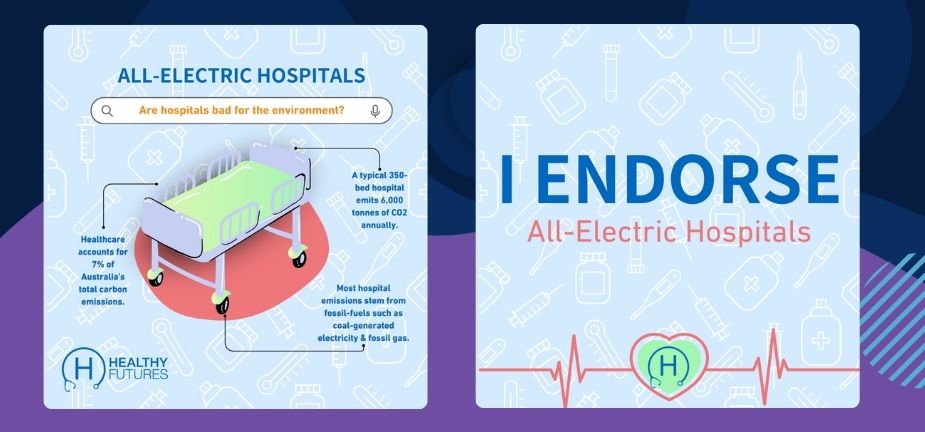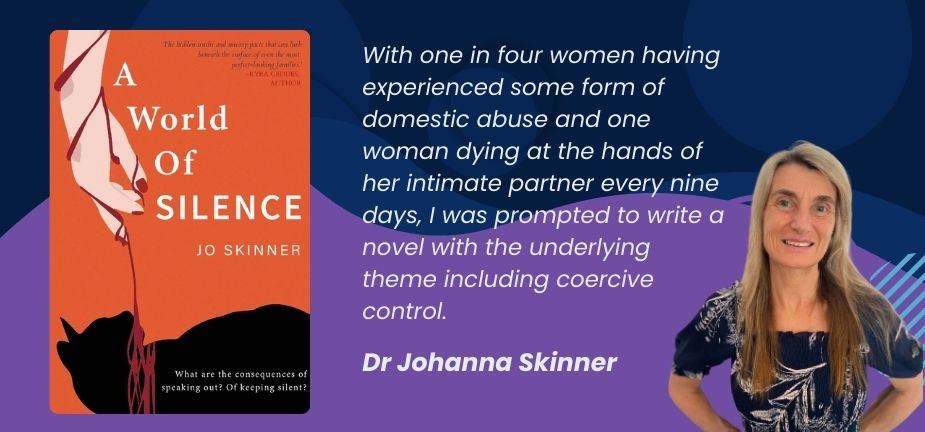In this RACGP NewsGP article, Assoc Prof Simonis was asked to comment on research from Germany, which shows that children and adolescents are not immune to long-COVID. “ ….the difficulty ( with children) is that they can’t describe their symptoms like adults can, so you’re probably never going to get an accurate picture of what they’re experiencing,’ Dr Simonis said.
RACGP – ‘Long COVID risk similar for kids and adults: Study’
With Australia in the midst of a new wave of infections, research has revealed the extent of post-COVID morbidity in children and adolescents.
The research, published in PLOS Medicine, shows children, teenagers and adults are diagnosed with higher rates of new physical and mental health problems months after COVID infection.
Overall, children and adolescents with COVID were 30% more likely to have documented health problems over three months post-infection. Symptoms included malaise, fatigue, cough, chest pain, headache, anxiety, abdominal pain and depression.
Over the same period post diagnosis, adults with COVID were 33% more likely to have health problems, with symptoms including dyspnoea, chest pain, hair loss, fatigue, headache and smell/taste disturbance.
RACGP Expert Committee – Quality Care member, Associate Professor Magdalena Simonis told newsGP this is important research.
‘We are seeing more long COVID patients, and it can present in a variety of ways,’ she said.
In line with previous studies, the German researchers observed that incidence rates of long-term sequelae in children and adolescents with COVID were generally lower than those in adults, and appear to be less pronounced in absolute terms.
However, with high infection rates and upwards of 80% of the population having contracted the virus, the authors emphasise that post-COVID syndromes cannot be dismissed among children and adolescents.
Associate Professor Simonis reports common symptoms she sees in long COVID include atypical chest pains, palpitations, irregular cardiac rhythms, brain fog, a failure to feel refreshed after rest and reduced exercise tolerance.
Another common one is fatigue, which can be hard to pinpoint in children.
‘The difficulty is that they can’t describe their symptoms like adults can, so you’re probably never going to get an accurate picture of what they’re experiencing,’ Associate Professor Simonis said.
‘They don’t connect the less well-defined symptoms with what’s going on in their bodies, so something diffuse like fatigue can be harder to pinpoint.’
The German researchers used data covering nearly half of the population and spanning all of 2019 and 2020, comparing PCR-positive COVID patients to controls and the occurrence of pre-specified diagnoses entered into medical records at least three months post-infection.
They concluded that COVID diagnosis was associated with higher long-term demand for healthcare services as reflected in outpatient and inpatient diagnoses more than three months after confirmed infection.
And while children and adolescents appear to be less affected than adults, the findings are statistically significant for all age groups.
REC – QC member Associate Professor Paresh Dawda told newsGP ongoing research is needed.
‘We need to be open to the consequences of long COVID and what they may or may not be,’ he said.
‘We need to respond to patients as they present to us, but more importantly, we need to have a learning system where we are capturing the data and information to be able to make meaningful insights.’
Meanwhile, for the Australian context in 2022, Associate Professor Simonis said there has been a high burden of other respiratory viruses that could compound long COVID symptoms.
‘There are still many circulating viruses,’ she said. ‘Sometimes you do a swab for COVID but they have another virus like RSV or parainfluenza, and sometimes when you do the respiratory PCR swab you find they have COVID plus something else.
‘Another thing we see is [that] they had COVID before, but now we’re seeing another virus and it can be hard to know what is what.
‘With the change from lockdowns to open mingling, we may be seeing more kids who are succumbing to a variety of different viruses, and this can distort the picture, knowing which virus is causing what ongoing symptom.’
However, Associate Professor Simonis says long COVID provides an opportunity for GPs to do what they do best.
‘We know that COVID is different to other diseases – it’s not like a usual cold,’ she said.
‘We know it has a prothrombotic element and can cause microvascular disease, and as a result the recovery time can be different than your usual cold.
‘I offer them comprehensive care. It’s an opportunity to talk about lifestyle and about convalescence.
‘We don’t use that word much anymore. Before, with some conditions we expected a period of convalescence, which could be weeks or months. COVID has taught us that there is a convalescent period, but that doesn’t mean they won’t get better.
‘Patients need to turn to their GPs for an optimistic and holistic approach to their management. I remain optimistic.’
Source article and photo credit: https://www1.racgp.org.au/newsgp/clinical/long-covid-risk-similar-for-kids-and-adults-study
Associate Professor Magdalena Simonis AM is a Past President of the AFMW (2020-2023), former President of VMWS (2013 & 2017-2020) and current AFMW National Coordinator (2024-2026). She is a full time clinician who also holds positions on several not for profit organisations, driven by her passion for bridging gaps across the health sector. She is a leading women’s health expert, keynote speaker, climate change and gender equity advocate and government advisor. Magda is member of The Australian Health Team contributing monthly articles.
Magdalena was awarded a lifetime membership of the RACGP for her contributions which include past chair of Women in General Practice, longstanding contribution to the RACGP Expert Committee Quality Care, the RACGP eHealth Expert Committee. She is regularly invited to comment on primary care research though mainstream and medical media and contributes articles on various health issues through newsGP and other publications.
Magdalena has represented the RACGP at senate enquiries and has worked on several National Health Framework reviews. She is author of the RACGP Guide on Female Genital Cosmetic Surgery and co-reviewer of the RACGP Red Book Women’s Health Chapter, and reviewer of the RACGP White book
Both an RACGP examiner and University examiner, she undertakes general practice research and is a GP Educator with the Safer Families Centre of Research Excellence, which develops education tools to assist the primary care sector identify, respond to and manage family violence . Roles outside of RACGP include the Strategy and Policy Committee for Breast Cancer Network Australia, Board Director of the Melbourne University Teaching Health Clinics and the elected GP representative to the AMA Federal Council. In 2022. she was award the AMA (Vic) Patrick Pritzwald-Steggman Award 2022, which celebrates a doctor who has made an exceptional contribution to the wellbeing of their colleagues and the community and was listed as Women’s Agenda 2022 finalist for Emerging Leader in Health.
Magdalena has presented at the United Nations as part of the Australian Assembly and was appointed the Australian representative to the World Health Organisation, World Assembly on COVID 19, by the Medical Women’s International Association (MWIA) in 2021. In 2023, A/Professor Simonis was included on the King’s COVID-19 Champion’s list and was also awarded a Member (AM) in the General Division for significant service to medicine through a range of roles and to women’s health.










